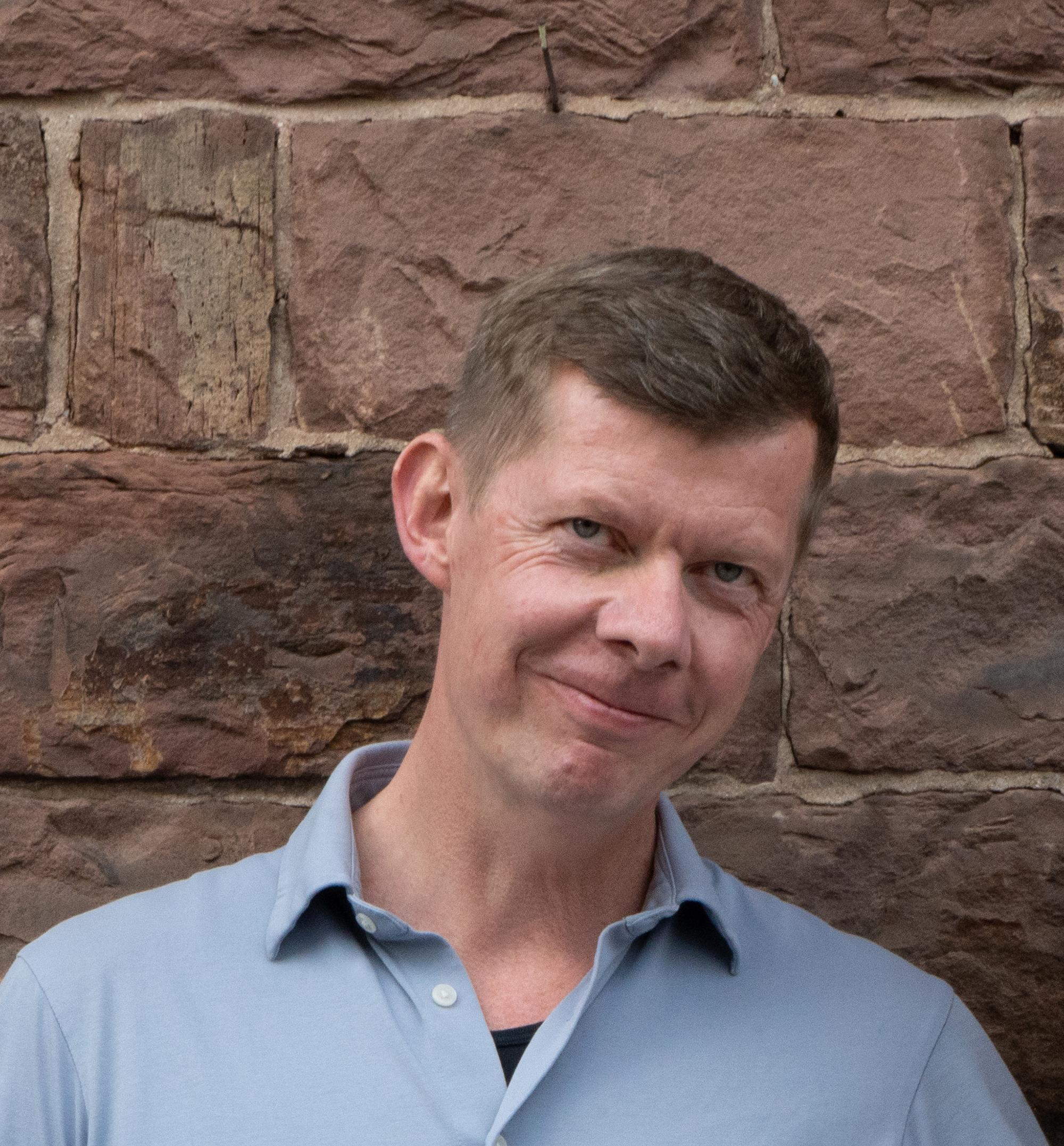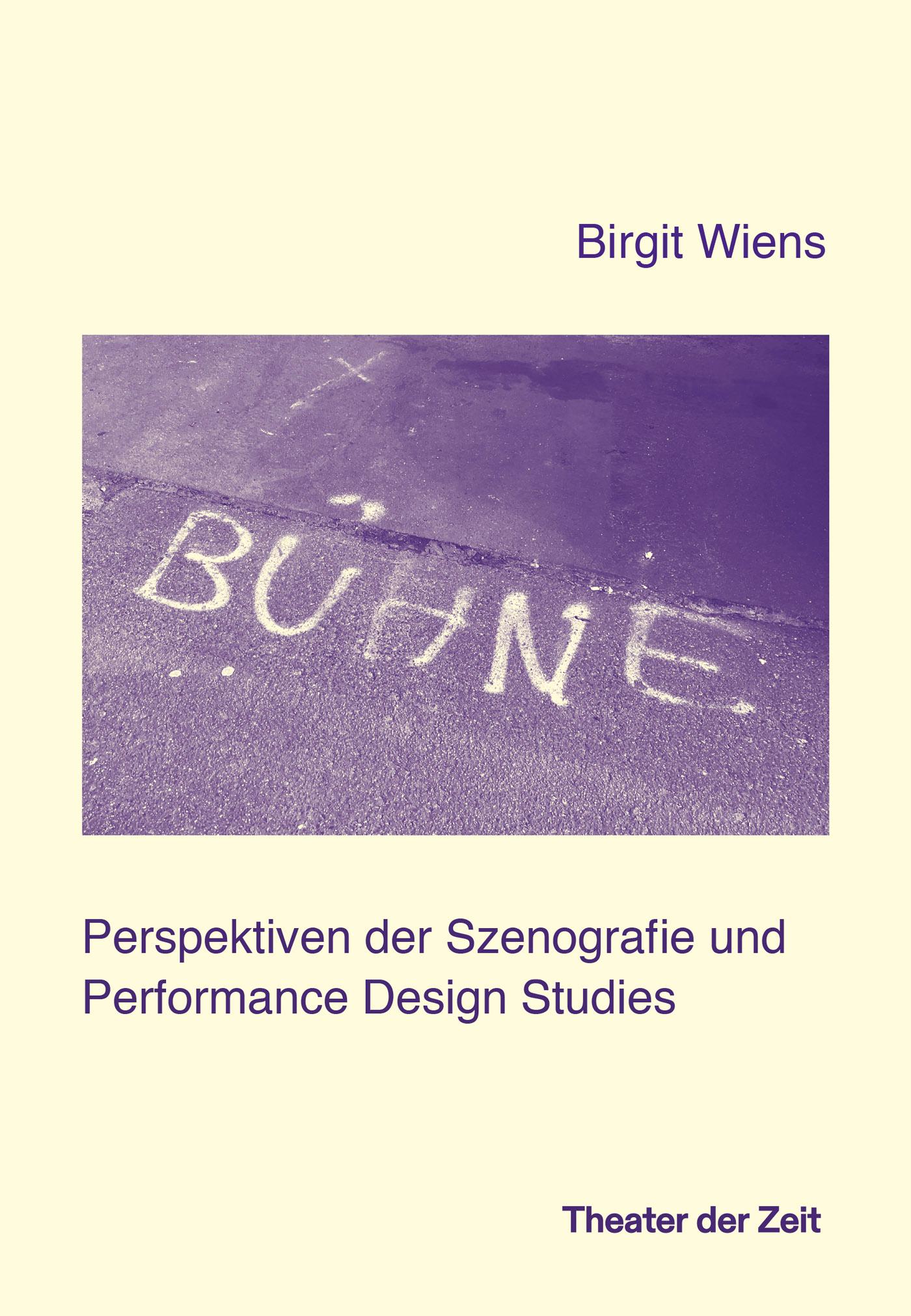Circus Training Spaces in 1990s Berlin
von Benjamin Richter
Erschienen in: Zirkuskunst in Berlin um 1900 – Einblicke in eine vergessene Praxis (02/2025)
Berlin in the 90’s was a melting pot for early German new circus, which was, through the lack of funding, necessarily a commercial form that relied largely on acting techniques to transport a theme while using circus content as a supporting feature. The atmosphere in the city was provoked by a mix of those looking to develop this form, like the then incarnation of the Chamäleon Variety, and those who wished to maintain the status quo of classical variety and gala aesthetics. At the same time there was a waning, yet still existing thread of alternative circus culture, left over from anarchist performance collectives such as Mutoid Waste Company and DNTT (Do Not Tell Them), in performances at Wagenburgen (Wagon villages) like the legendary Schwarzer Kanal, and in old factory buildings such as the then dilapidated Arena in Treptow. I came to Berlin looking to further develop my vision of applying post-modern art making principles to circus and found myself quickly more involved with the dance world, where I found like-minded thinkers and makers.
Spaces for circus artists to train and encounter each other were few and far between. The Artistenverein Einigkeit was in a sports hall in...















